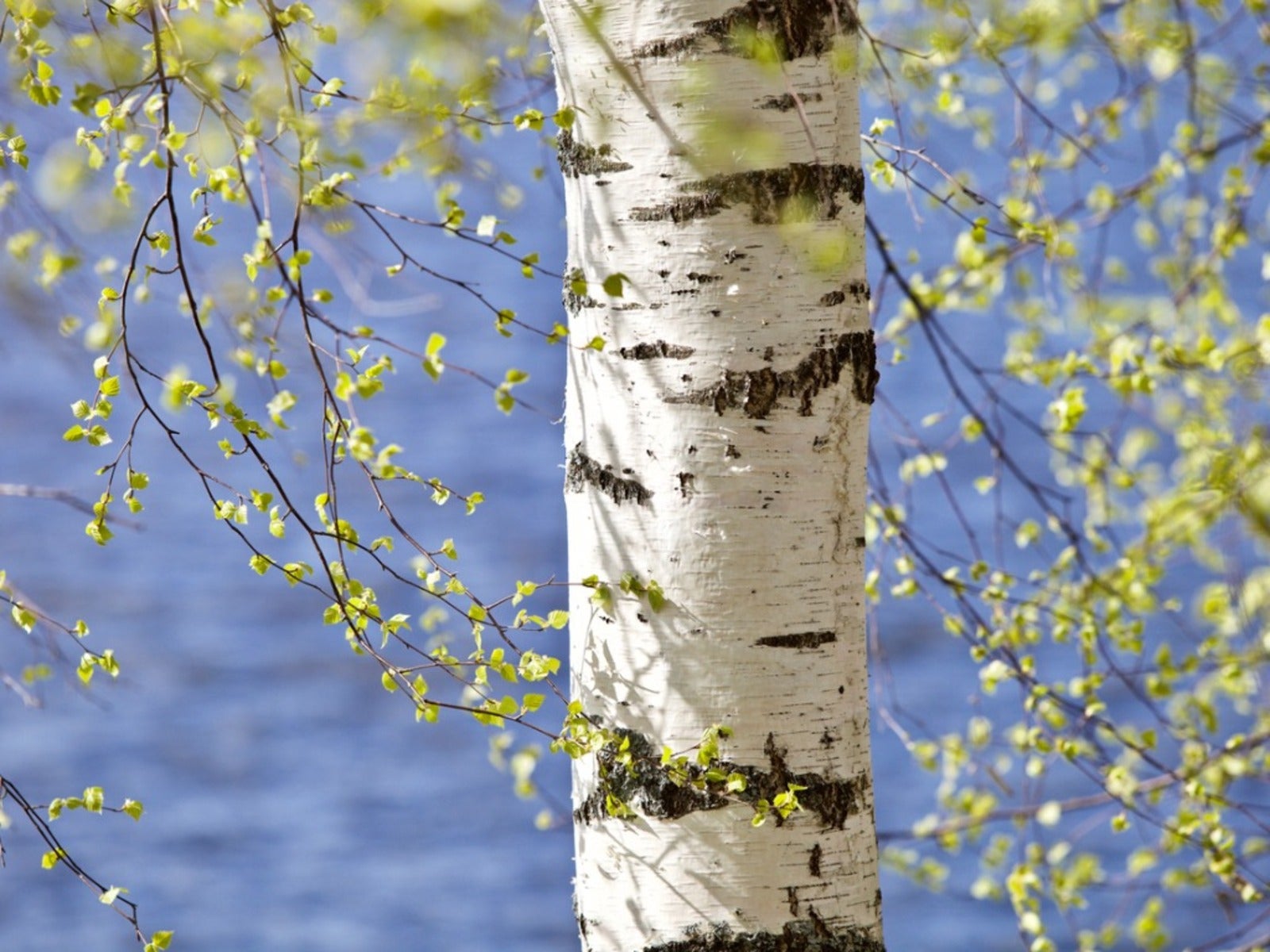Why Native Trees Are Important And Why You Should Plant Them


A new awareness of ecological and conservation concerns has resulted in a rising interest in growing native plants and trees. Why are native trees important? One of the main benefits of planting native trees is their adaptability to their specific region. Living in their natural habitat means native trees require less water and fewer herbicides and pesticides to keep them healthy. Trees in their natural environments are also hosts to local wildlife, providing them with food and habitat.
Trees growing in their own native areas are not only important for local wildlife, but are also beneficial for those of us who grow them. Native trees in your region have adapted over time to their particular climate and region, which means they grow happily with your particular weather, precipitation level and soil, requiring no chemical support from you to survive and thrive.
Of course, every good idea has a downside, and it’s important to consider the advantages and disadvantages of planting native trees before you jump in.
Why Plant Native Trees?
When trees are described as native to an area, it means they grow naturally in that region in the wild, and have adapted over time to thrive there. If you live where it’s hot and dry, your local native trees thrive in hot, dry landscapes. If you live where it’s cold in the winter, your native trees are hardy enough to survive. If the soil happens to be poor and rocky, certain trees grow well in that environment.
Unlike imports, trees that are native to an area do not require kid gloves, green houses, or special expertise to grow. Generally they are satisfied with the amount of rainfall they can obtain there, and do not require soil amendments or fertilizer. In short, they are easy-care, “plant and go” trees that will serve the gardener well without requiring much maintenance.
Why Are Native Trees Important to the Ecosystem?
The benefits of planting native trees go far beyond the ease of care. Native trees evolved as part of an ecosystem of flora and fauna. Beneficial insects, like bees and butterflies, have adapted to using native plants for food and shelter, while local wildlife - like native birds and small mammals - use native insects as a mainstay in their diets. Larger mammals eat the foliage of native trees and other native plants.
When you plant an exotic tree that would naturally grow in the wild in a different ecosystem, the tree must often be coddled with fertilizer, soil amendments and winter protection to survive. But regardless of the efforts you undertake, native insects and wildlife cannot get what they need from the newcomer, and are not likely to adapt and be able to use the exotic tree for many generations.
Sign up for the Gardening Know How newsletter today and receive a free copy of our e-book "How to Grow Delicious Tomatoes".
Advantages and Disadvantages of Planting Native Trees
Several of the top advantages of planting native trees were discussed above. But that is just the tip of the iceberg. There are many other advantages that result from a decision to use native shrubs and trees. These include:
Increased soil stability
Planting native vegetation is the best way to maintain soil stability. Their roots increase the lateral soil’s “shear strength” and assist in keeping it cohesive when wet. Native tree roots also absorb ground water, and those that are evergreen continue to do so even in winter.
More shade for water creatures
Native trees that grow along oceans, lakes and rivers provide vital shade that cools the water. Various types of fish lay their eggs on the beaches, with a much higher survival rate when the area is cooled by shade. Likewise, many other water species depend on tree shade to cool the environment.
Increased fish food
Just like native trees shelter insects that are eaten by local birds and mammals, fish also eat insects that dwell in the overhanging vegetation of native trees.
Reduced carbon pollution
Native trees can also reduce carbon pollution by storing carbon dioxide in their roots.
Problems with Native Trees
The primary disadvantage of native trees is that their advantages depend on the exact location where they are planted. A region can have a variety of ecosystems, like high, cool mountains with hot valleys between. The mere fact that a native tree grows well on the mountains doesn’t mean it will thrive in the valleys.
The focus in using native trees must be on ones that are well-adapted to the specific site where they will be planted. This means that when people live where there have never been any native trees, they cannot grow native trees. And in urban environments, human activity may make it impossible for native trees to thrive.
Finally, in the wild, many forested areas depend on regular natural fires to clear brush and even, in some cases, to open their seeds. Where humans have built homes in these forests, however, regular fires are no longer an option. In this case, growing native trees and living in a certain area are at odds with each other, and planting non-native trees that don't depend on fire is the safest option.

Teo Spengler is a master gardener and a docent at the San Francisco Botanical Garden, where she hosts public tours. She has studied horticulture and written about nature, trees, plants, and gardening for more than two decades, following a career as an attorney and legal writer. Her extended family includes some 30 houseplants and hundreds of outdoor plants, including 250 trees, which are her main passion. Spengler currently splits her life between San Francisco and the French Basque Country, though she was raised in Alaska, giving her experience of gardening in a range of climates.